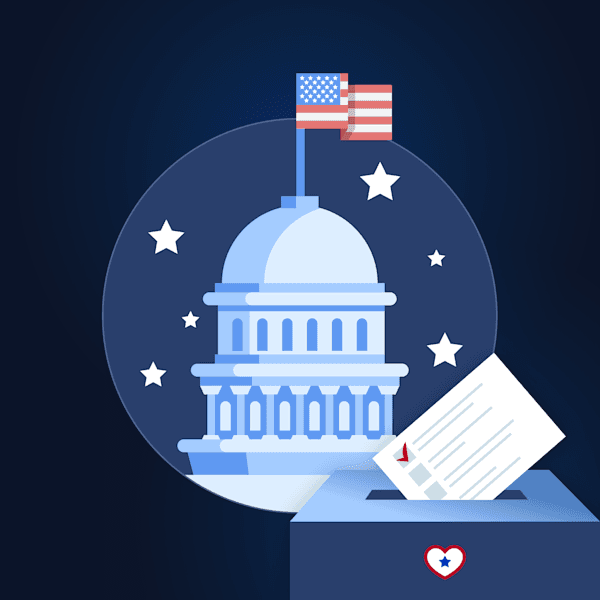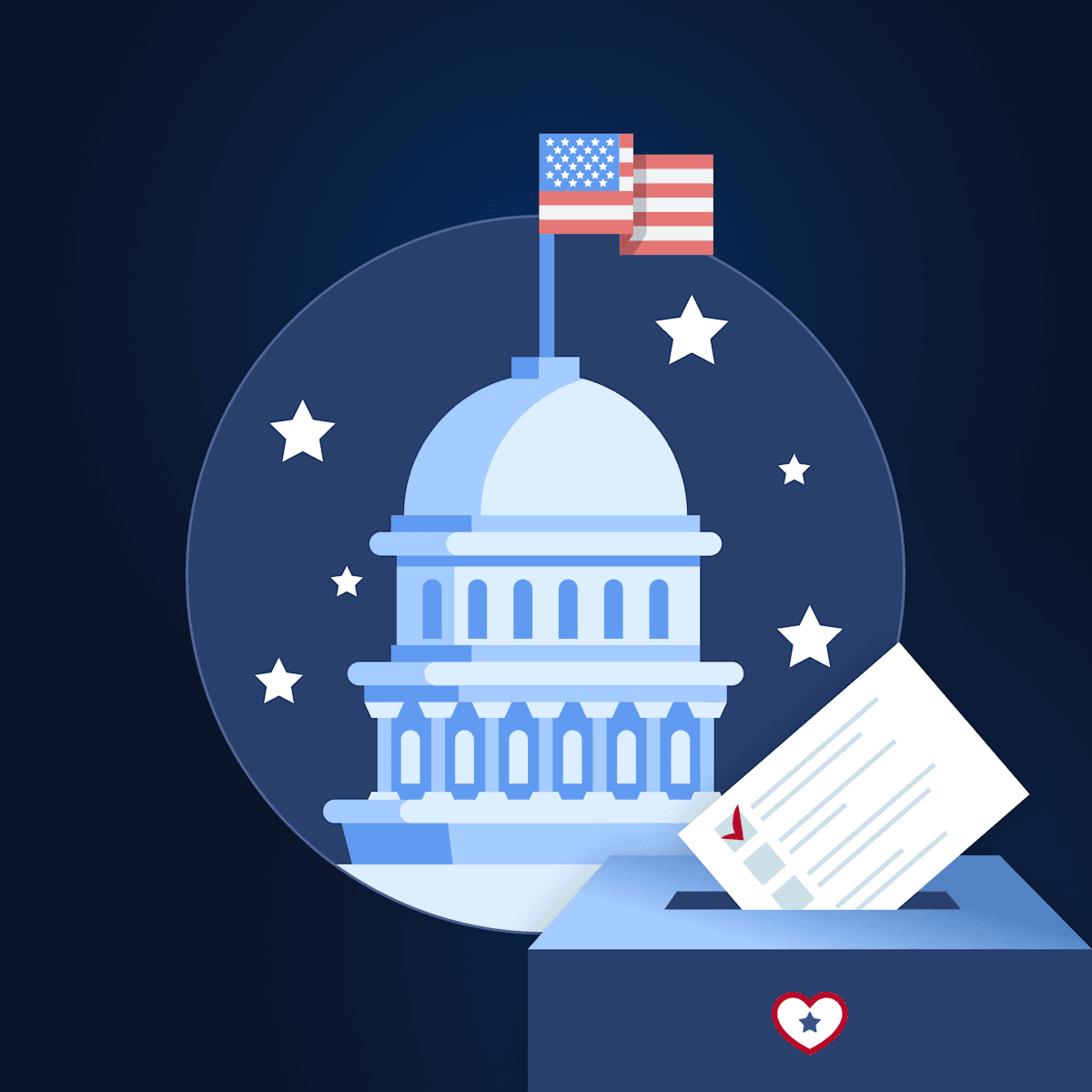
Political Corruption 101: Examples of Regulatory Capture
“Regulation and competition are rhetorical friends and deadly enemies: over the doorway of every regulatory agency save two should be carved: ‘Competition Not Admitted.’ The Federal Trade Commission’s doorway should announce , “Competition Admitted in Rear,” and that of the Antitrust Division, ‘Monopoly Only by Appointment.’” ~ George Stigler, economist
Trailing through the darkened corridors of power are the insidious tendrils of political corruption. They often wind their way into the very institutions designed to regulate and oversee industries. A particularly pervasive and pernicious form of this political corruption is regulatory capture.
This phenomenon occurs when regulatory agencies, created to act in the public interest, become dominated by the industries they’re charged with overseeing. The result is a perversion of the democratic process as policies and regulations are skewed in favor of private interests, often at the expense of the public good.
Read on as we attempt to demystify the practice of regulatory capture, demonstrate its impact on the American political system, and provide real-world examples to underscore its prevalence and consequences.
What Is Regulatory Capture in Politics?
Regulatory capture is a form of government failure that occurs when a regulatory agency, which was established to act in the public interest, instead advances the commercial or political concerns of the industry it is supposed to be regulating. This can happen through a variety of mechanisms, including the revolving door (where individuals move between roles as industry advocates and regulators), lobbying, campaign contributions, and other forms of influence.
The term was coined by Nobel Prize-winning economist, George Stigler, and has been in use since he first described the phenomenon in his 1971 article, “The Theory of Economic Regulation.”
The main thrust of this theory is that regulatory agencies or actors within them will almost always act in a manner that prioritizes personal, economic, or institutional gain rather than the public interest. This can be intentional or not.
Regulatory Capture in All its Forms
Money in government doesn’t just benefit corrupt officials. Agencies that were created in good faith with the idea of preserving the environment, preventing monopolies, or ensuring public health and safety are often used to enrich Big Business, politicians, and individuals within the agencies.
It doesn’t just occur in Washington, either. Local officials like county commissioners, law enforcement, mayors, and property inspectors can engage in pay-for-play and other schemes that benefit themselves and their cronies rather than constituents. Consider the business owner who will bribe a local official to look the other way or grant a permit in exchange for support or other perks.
Regulatory capture can be overt or conducted on the downlow, taking various forms.
For example, a politician or agency director can start a public campaign decrying how too much regulation is costing taxpayers money or stifling competition. Industry leaders can influence agencies to deny licenses to competitors, creating an unfair barrier to entry. Officials can be bribed outright or promised lucrative jobs when they’re out of office in exchange for looking the other way on violations or relaxing standards.
Although we may not see the impact immediately, regulatory capture can have long-term, far-reaching effects on our society.
The Impact of Regulatory Capture on the American Political System
The ramifications of regulatory capture are far-reaching and profound, often affecting the very fabric of American democracy. By allowing private interests to exert undue influence over public policy, regulatory capture erodes public trust in government institutions, undermines the fairness of the economic system, and jeopardizes the health, safety, and well-being of citizens.
It also stifles competition and innovation, as established players use their regulatory clout to stymie newcomers and maintain their market dominance. In short, regulatory capture is a betrayal of the democratic principle of government of and for the people.
Here are just a few examples of regulatory capture in action and the devastating consequences.
Example #1: The Federal Aviation Administration and the Boeing 737 Max Scandal
One of the most stark examples of regulatory capture in recent memory is the case of the Federal Aviation Administration (FAA) and the Boeing 737 Max scandal. The FAA, charged with ensuring the safety of civil aviation in the United States, was found to have delegated much of its safety certification process to Boeing itself. This allowed the aerospace giant to regulate itself, with predictable consequences.
The 737 Max, Boeing's latest iteration of its popular narrow-body aircraft, was rushed to market with a critical design flaw in its flight control system. The FAA, reliant on Boeing's assurances of the aircraft's safety, failed to independently verify these claims. The result was two catastrophic crashes within a few months of operation, resulting in the loss of 346 lives.
The aftermath of the crashes laid bare the extent of regulatory capture at the FAA, with company insiders and external investigations revealing a cozy relationship between the regulator and the regulated.
For one thing, the testing was done under the supervision of Boeing employees who were designated to act on behalf of the FAA rather than by FAA officials themselves. Technical and safety consultants were also overruled by the agency at the behest of Boeing, and whistleblowers faced backlash from within the company.
In the end, the 737 Max was temporarily grounded worldwide, Boeing's reputation was tarnished, and the FAA's credibility was severely damaged.
Example #2: The Financial Crisis and the Securities and Exchange Commission
Another glaring example of regulatory capture is the role of the Securities and Exchange Commission (SEC) in the lead-up to the 2008 financial crisis. The SEC, which was tasked with regulating the securities industry and ensuring the integrity of the financial markets, was found to have been asleep at the wheel as Wall Street ran amok.
In the years leading up to the crisis, the SEC failed to adequately regulate the investment banks, allowing them to take on excessive risk and engage in predatory lending practices. When the housing bubble burst, the financial system was brought to its knees, resulting in the worst economic downturn since the Great Depression.
The SEC's failure to prevent the crisis was in large part due to its close ties to the industry it was supposed to be regulating. Many of its officials came from Wall Street and had a vested interest in maintaining the status quo. Moreover, the agency was chronically underfunded and lacked the resources to effectively oversee the sprawling financial industry.
This wasn't the first time the SEC was involved in catastrophic oversight failures and remedies that came too late, but regulations like the Glass-Steagall Act of 1933 were at the heart of reforms to correct issues that led to the Great Depression. However, those have been relaxed over the years, first by the Gramm-Leach-Bliley Act in 1999 and then by the Commodity Futures Modernization Act of 2000.
After the 2008 crisis, the Dodd-Frank Act of 2010 sought to place guardrails on the banking and investment industries. Many of these were relaxed during the Trump administration because they were thought to be too arduous for small-to-medium financial institutions.
It should be noted that eight of the previous 11 SEC chairs have been either directly employed by Wall Street firms or represented them as lawyers.
In light of recent activity in the cryptocurrency sphere, some members of Congress feel that some of the rollbacks should be reinstated.
Example #3: The Opioid Crisis and the Food and Drug Administration
The opioid crisis, which has claimed the lives of hundreds of thousands of Americans and devastated communities across the country, is another tragic example of regulatory capture. The Food and Drug Administration (FDA), responsible for protecting public health by ensuring the safety and efficacy of drugs, was found to have been unduly influenced by the pharmaceutical industry.
Drug manufacturers, eager to cash in on the lucrative market for pain medication, engaged in aggressive marketing campaigns, recommending highly addictive opioids for relatively minor pain while downplaying the risks of abuse and overdose. The FDA, for its part, failed to adequately scrutinize these claims and allowed a flood of opioids into the market.
For example, an advisory panel convened in 2002 to investigate whether labeling recommendations for opioids should be narrowed after a marked and rapid increase in the number of prescriptions was noted. Eight of the 10 advisors on the committee had financial ties to the pharmaceutical industry.
The result of inaction until the situation reached crisis levels was an epidemic of addiction where millions of Americans became dependent on these powerful drugs. Many people have died and families were torn apart.
How bad did it get?
According to statistics released by the National Institute of Health (NIH), annual overdose deaths from prescription opioids increased from just under 3,500 in 1999 to 17,209 in 2017. Altogether, the Center for Disease Control and Prevention (CDCP) reports nearly 645,000 deaths by opioid overdose from 1999 - 2017. Even with mitigation and litigation, we are still experiencing a high number of post-pandemic opioid deaths after a relatively brief period of decline.
The FDA's failure to act was in part due to its close ties to the pharmaceutical industry, with many of its officials having previously worked for drug companies.
Final Thoughts
Regulatory capture is a cancer on the American political system that undermines public trust and subverts the democratic process. Because it allows private interests to hijack public policy, we experience outcomes that are often detrimental to the public good. The examples of the FAA, SEC, and FDA are just the tip of the iceberg, as regulatory capture is pervasive across many sectors of government.
Consider non-action on climate change and policies enacted by the EPA, which often has financial or other ties to the gas and oil industries.
To combat regulatory capture, we must shine a light on this dark corner of our democracy, demanding transparency and accountability from our elected officials and government agencies. We must also rethink the revolving door and other mechanisms that allow private interests to exert undue influence over public policy.
In the end, the fight against regulatory capture is a fight for the soul of our democracy. It’s a fight to ensure that the government of the people also benefits the people.
Become the Change You Want to See in America
In addition to electing public officials who pay more than lip service to the idea of public services, we can hold those who are still in office accountable. Look at policy over pretty words on the campaign trail, and prioritize electing independent candidates who aren’t being propped up by special interests. Pay attention to bills and legislative proposals, and don’t hesitate to write your senator, congressperson, or mayor to let your feelings about regulatory capture be known.
You can also join GoodParty.org and become part of our growing movement to end the status quo and place people-centered independents in office at all levels of government.
Photo by Nathan Dumlao on Unsplash

